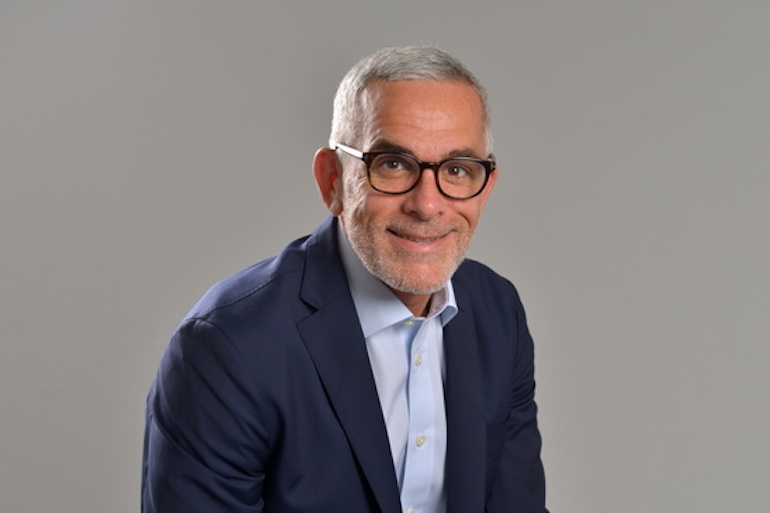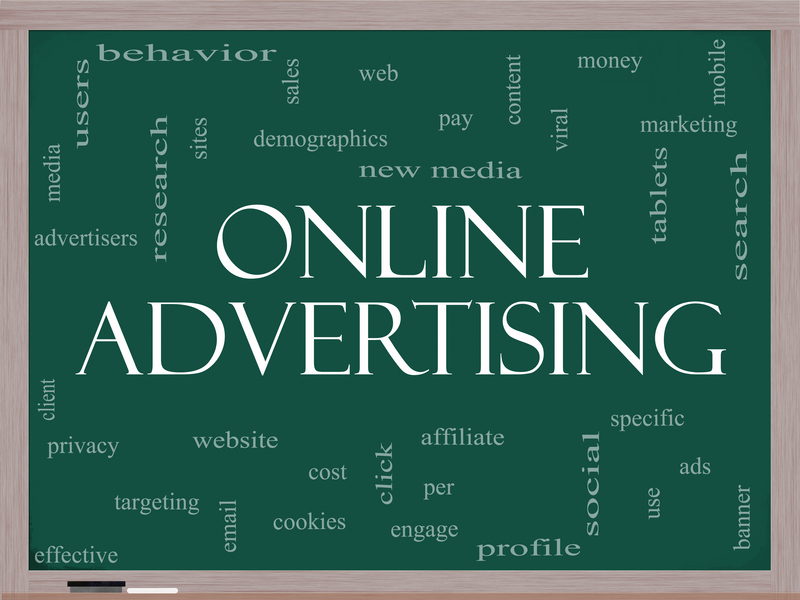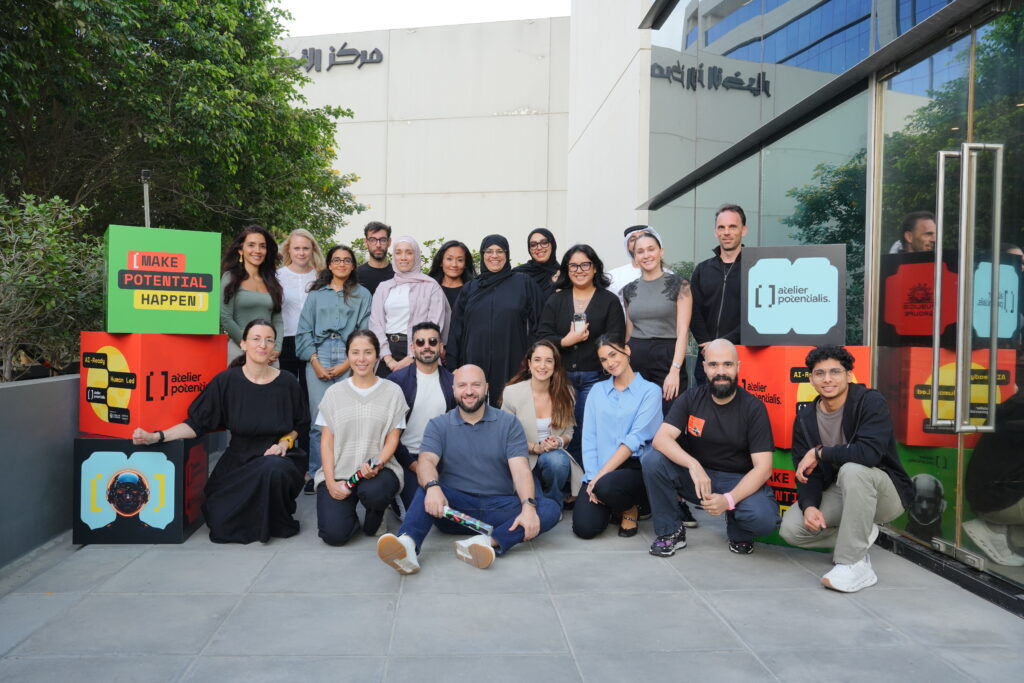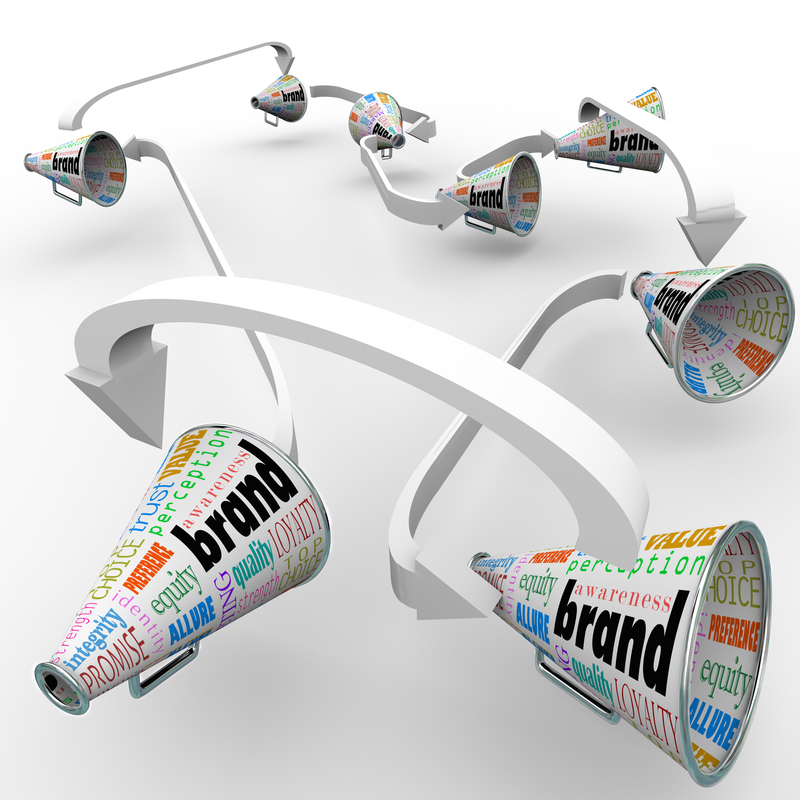By Jerome Mouthon, founder and chairman of Buzzeff MEA
The Internet is home to nearly 1.8 billion websites and an unthinkable volume of content. However, content that is popular – and creates high engagement – is sometimes controversial or has a potentially incendiary message associated to it. It could be a news article about terrorism, content about divisive politics, or an ambiguous advertisement on racism and gender discrimination. And, because of the programmatic nature of most digital advertising, brands have no choice but to depend on algorithms for advertisement placement, or online presence in general.
When it comes to online advertising, brands aim to showcase content that is buzzworthy, viral and positively engaging, and often put large budgets behind creating and distributing this content. By inadvertently appearing on unsafe websites or alongside potentially controversial content, brands will not only hurt their branding and reputation but also sales performance.
MUST READ: How far along are we on the road to brand safety?
According to the World Federation of Advertisers, 70 percent of brands recognized the importance of brand safety after seeing it escalated in 2017. It is now considered the second-highest priority in online advertising, next to transparency, but ahead of viewability and advertisement fraud.
Go premium
As the society becomes more obsessed with news-based content, combined with the algorithm-dependent yet unregulated ways of advertising, it is crucial for brands to secure their advertisements on a safe environment to ensure quality branding that aligns with their digital strategy and purpose. We refer to these brand-safe environments as ‘premium websites’. These are trusted websites that offer good quality and high-value content to online consumers. Being a premium website also implies that it already has an established reputation, which consumers actively seek out and instantly visit to know more information about a certain topic, product or service.
In 2017, the UAE advertising market reached AED 6.7 billion, accounting for 48 percent of total advertising spend across the Gulf region. With advertisers and publishers moving towards more advanced systems that consumers favor, such as premium website advertisements, online advertising expenditure will continue to grow in the years to come. This trend also puts pressure on brands to be more mindful of the channels for their advertisement placements and more strategic in reaching their target audience, whilst ensuring brand safety, therefore maintaining consumer trust and engaging new consumers.
ALSO READ: With brand safety, you get what you pay for
A recent survey that Buzzeff commissioned revealed that 59 percent of UAE respondents are more likely to trust a brand that they see advertised on a premium website, with 52 percent claiming that they are more likely to purchase a product when seen on such websites. The correlation between the advertisement placement and consumer trust supports the significance of perception drawn from the association of brands with a certain type of online content. Implementing brand safety measures in advertising goes beyond reputation issues, simultaneously, it directly impacts the sales performance and the brand equity.
The use of artificial intelligence, data and innovation power brand safety in the digital ecosystem. Features like outstream video advertising are designed in a way to assist higher rate of viewability without disrupting the online user experience. The outstream video advertisement starts playing through the tags that are placed in the heart of the article and will pause when the user hovers away or decide to move on to another tab. When the video advertisement finishes, it disappears within the article, providing the user with a seamless customer journey.
Given its strong benefits for branding and impact on overall business revenue, the concept of brand safety is becoming an indispensable item that needs to be fully embraced by the online advertising industry.





